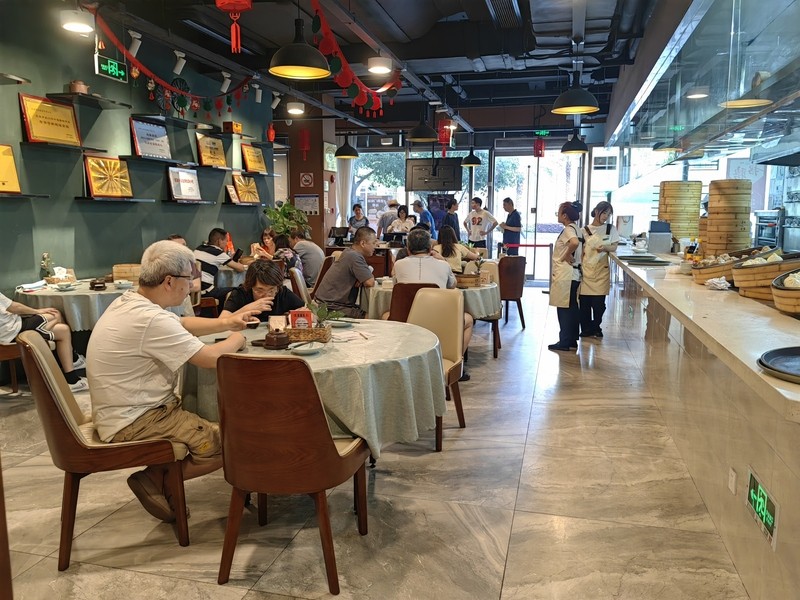How did the ancients build the "Great Wall of the Sea", a legendary land and sea story from Shanghai to Hangzhou. Three Kingdoms | Seawalls | Shanghai
In ancient Chinese folklore and historical narratives, there are many land and sea legends about "piling up soil to form land and diverting water into the sea.". These simple wisdom are the laws and cognition summarized by ancient people based on survival needs, explaining the importance of land sea balance and ecological harmony, and providing important inspiration for understanding the ocean, developing and utilizing the ocean, and preventing and controlling marine disasters.
"Land and sea complement each other"
For people living on land, the vast and boundless sea is an imaginary paradise. The impulse to conquer the ocean and reclaim land has always existed in people's minds, leading to a series of related folk legends. Especially the myth of Jingwei's reclamation of the sea praises the indomitable perseverance and will, inspiring the Chinese people to fight against the sea for thousands of years.
The myth of the Great Yu, which has been passed down in Ningbo, Shaoxing, and other places, tells the story of the Great Yu controlling floods on the coast of the East China Sea, using his divine power to open mountains and guide water into the vast ocean. It can be said that the ancient people had an important practice of managing floods after understanding the laws of water flow.
The mural of "water control" inside the Hall of Enjoying the Great Yu Mausoleum in Shaoxing
In the process of long-term interaction with the ocean, people have observed that the erosion of seawater carries sediment and accumulates into land. In ancient times when technology was not yet advanced, people inevitably attributed this phenomenon to divine power.
The "Temple of the Rising Sea Dragon King", which is popular in Chongming, Shanghai, tells the magical story of the rise and rise of Chongming Beach: Shi Dalang releases giant clams to obtain the rising sea pearls, mistakenly swallows them and buries them on the beach to become the rising sea dragon king. The beach rises day after day, and it can also reclaim farmland for the benefit of local people.
In contrast to land reclamation, there is also a legend of land sinking into the sea in some coastal areas. These legends depict the glorious history of early towns and the trajectory of land and sea changes in artistic language, preserving precious historical and cultural memories.
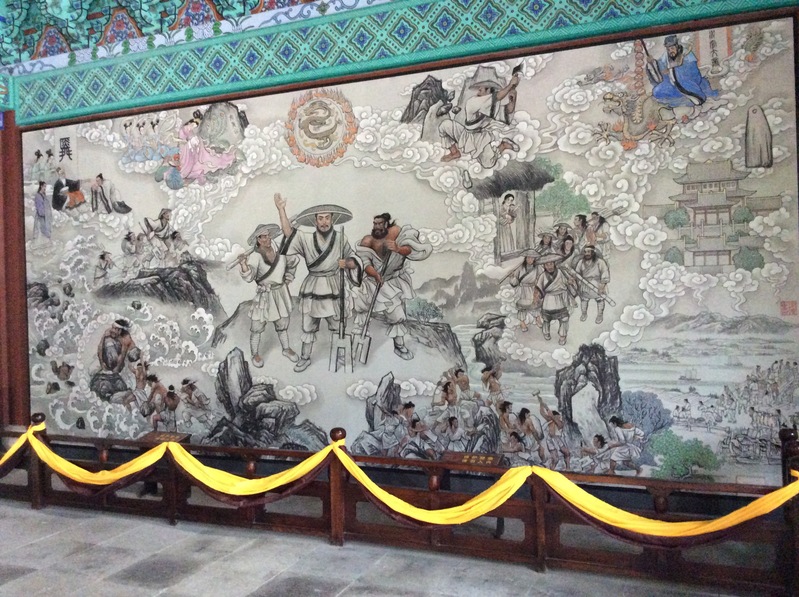
In history, due to large-scale tidal impacts, the coast of the East China Sea has experienced multiple large-scale land sinking into the sea, such as Wangpan Mountain, Xiaojin Mountain, Dajin Mountain, etc., which have successively sunk into the sea and become islands. According to legends such as "King Kang Built the City" and "Sunken Tokyo City" circulating in some parts of Shanghai, the Jinshan City built by King Kang of Zhou, Ji Zhao, sank to the bottom of Hangzhou Bay.
In addition, rivers that connect land and the ocean also play a unique role in land sea relations. The legend of "Qinglong Port" in Jinshan, Shanghai, explains the origin of Qinglong Port through a magical narrative: Qinglong Port connects Zhehu Lake with the East China Sea, not only for flood discharge, eliminating years of flooding, but also connecting the ocean and the inland. Jinshan Acropolis has also become more prosperous with the help of developed shipping.
In the eyes of ancient Chinese people, the relationship between land and the ocean was mutually reinforcing and interdependent. The Great Yu's flood control led the flood into the sea, which was the result of the correct application of ocean knowledge; Jingwei's reclamation reflects people's reverence for the ocean and their desire to reclaim land to eliminate marine hazards; Land subsidence into the sea is a reflection of the changes in land and sea; The legend of Qinglong Port interprets the development of the river port, connecting land and the ocean more closely.
"Harmonious coexistence between land and sea"
The coastline is the connecting point between land and the ocean, and it is also the most direct manifestation of the land sea relationship. The thousands of miles of coastline are the result of the interaction and natural balance between land and ocean ecosystems for millions of years.
More than 6000 years ago, under the joint action of rivers and tides, the earliest coastline of Shanghai - the Gugang body - gradually formed. The ancient hill is a ridge formed by waves, mainly composed of sand and shell debris, with the terrain generally much higher than the surrounding land. It blocks the invasion of strong tides and accepts the sedimentation of rivers and seas, which is a historical witness to the transformation of the sea into mulberry fields in the Shanghai area, demonstrating the magnificent and magical power of nature.
Due to its high content of organic matter, the soil of Okayama gradually became a land for ancient people to cultivate and cultivate. The "Cloud Chronicles" compiled during the reign of Emperor Shaoxi of the Southern Song Dynasty recorded: "Gu Gang was located seventy miles east of the county, with three places. It belonged to the sea to the south and reached the Songjiang River to the north, with a length of one hundred miles and several feet into the soil, all of which were shells of snails and clams. It has been passed down that the sea was formed by three waves. The land is high and suitable for growing crops and wheat."
Gu Gangshen divided ancient Shanghai into two parts, and most of the western area gradually transformed from shallow sea into freshwater lakes and sedimentary swamps, which then silted up into land, becoming a fertile land suitable for human cultivation and life. As a result, early ancestors migrated and began to cultivate and fish along the coast, forming the earliest human civilization in Shanghai.
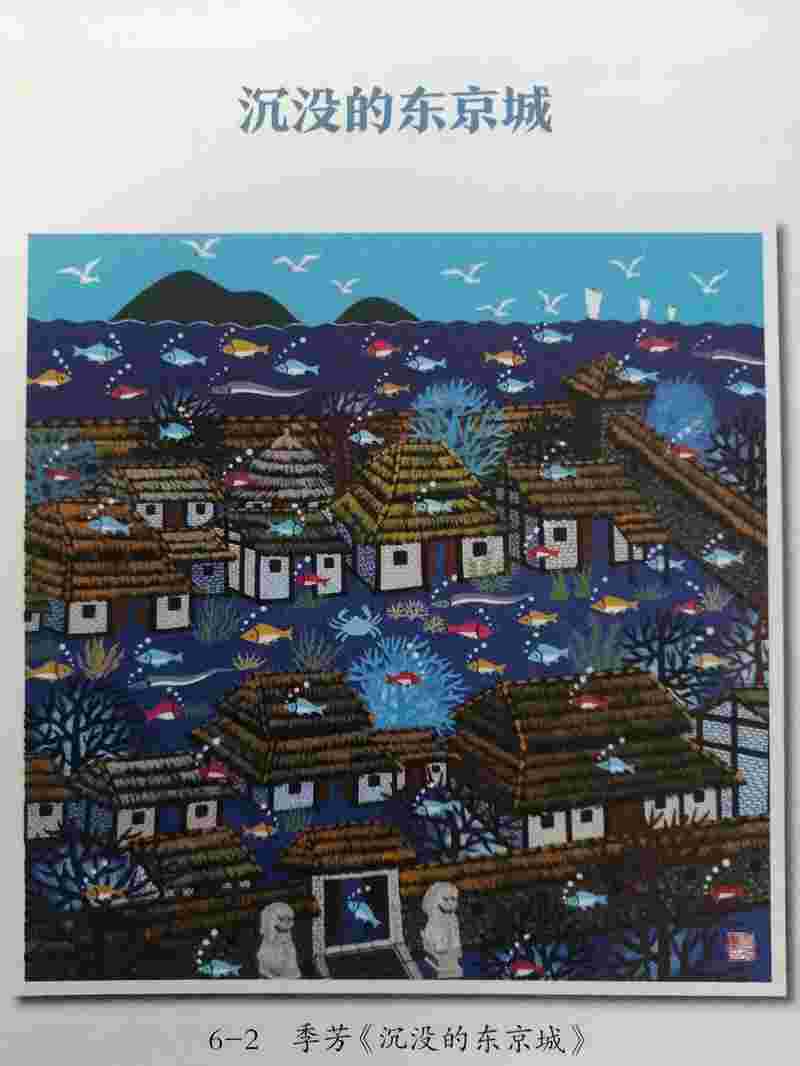
Multiple ancient cultural sites such as Songze, Maqiao, Tinglin, Fuquan Mountain, and Guangfulin have been discovered in Qingpu, Songjiang, Minhang, Jinshan, and other places where Gugang passes, witnessing the early development of Shanghai's civilization.
In order to resist the invasion of tides, coastal residents invented and created a moisture-proof embankment project - a seawall. Seawalls, also known as steep wall seawalls, are known as the "Great Wall of the Sea" and are important barriers in China's coastal areas. The rise and fall of seawall is a sign of coastline collapse. With the continuous eastward movement of the Shanghai coastline, multiple seawalls have been built in history. Along with it, many legendary stories reflecting the struggle between the ancestors of Shanghai and the sea have also emerged.
During the Three Kingdoms period, the ancestors of Jinshan in Shanghai began to build seawalls to protect the coastline from the erosion of tides. According to the "Wu Yue Bei Shi", "In the far southeast of Huating Valley, there is a Jinshan Xiantang, which is wind-induced and heavily tidal, causing damage by seawater that cannot be prevented by human intervention.".
Legend has it that the raging sea disaster made Sun Hao, the then Lord of Wu, anxious and uneasy. One night, Sun Hao had a dream of the Han Dynasty general Huo Guang coming to help. So he conferred the title of Hanhai God on Huo Guang and erected a temple in Jinshan to worship him, also known as the Jinshan Zhonglie Zhaoying Temple, also known as the Hanhai God Temple.
During the Sui and Tang dynasties, the construction of seawalls began in the Zhelin area of Fengxian. After each tide recedes, people sprinkle bran on the highest point of the mud on the beach, and then use local materials to build earthen ponds along the traces of the bran.
The New Book of Tang records that there is a seawall embankment in Yanguan County, which is 24 miles long and was rebuilt in the first year of the Kaiyuan era. The Southern Song Dynasty's "Shaoxi Yunjian Zhi" also talked about defending the seawall: "The old Han seawall stretches 150 miles from the sea salt boundary to the southwest and the Songjiang River to the northeast."
These two seawalls are connected to the north and south, serving as a common defense line for the coastline from Shanghai to Hangzhou. The construction of the seawall has resisted the invasion of seawater, making the land inside the seawall a place for people to live and work.
During the Five Dynasties and Ten Kingdoms period, Qian Liu was appointed as the King of Wu and Yue, and established the Wu and Yue Kingdom, further constructing the Hanhai Stone Pond. The method of constructing seawalls is still recorded, and the legend of King Qian shooting tides is also widely circulated among the people.
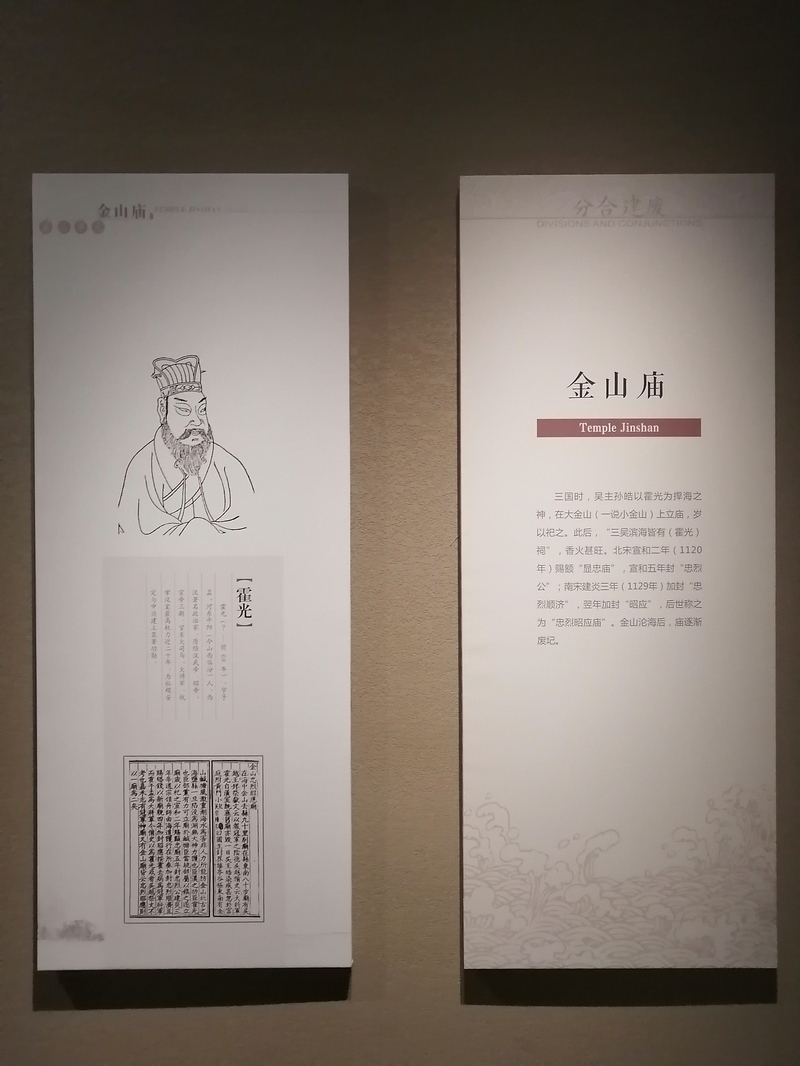
The more than 100 mile seawall in the Jinshan section of Hanhai Shitang was built by conscripts from Huating County in cooperation with the water and land defenders. At that time, the "stone hoarding wooden stake method" was adopted, which was to weave bamboo that was cut on site into a cage, fill it with stones, and then throw it into the sea. High wooden stakes were fixed on both sides, and stones were laid on top to form a strong seawall.
King Wu Yue also encouraged boiling the sea to make salt, and the seawall became a barrier for salt farms. Boiling salt from the sea is a model of utilizing the ecological relationship between land and sea for production practice, containing rich knowledge of astronomy, oceanography, and technology. The ancient method of salt production is an extremely valuable historical and cultural heritage.
In the eighth year of the Qiandao reign of the Southern Song Dynasty, an inner defense seawall was built in the Shanghai area. It starts from the east of present-day Gaoqiao in the north, passes through the Huinan and Datuan lines in the middle, and reaches the Zhelin and Fengcheng areas in the southwest, also known as Lihutang. From the Tang Dynasty to the Song Dynasty, through the construction of seawalls in different periods, it can be found that the coastline of Pudong is also constantly extending eastward. Many of the land forming areas in the ponds have become salt fields, and a large amount of land has been cultivated. Zhoupu and Xiasha gradually became towns.
In the seventh year of the Ming Chenghua reign, the Li Hu Tang was flooded by strong winds and the sea, causing the dam to break and breach. The following year, the governor of Songjiang, Bai Xingzhong, supervised the construction of the seawall. Later on, Dongtan continued to silt up, and the body of the Li Hu Tang gradually flattened into a road. The residential areas close to the body of the Tang gradually formed a market town. The ports and rivers on both sides of the pond run north-south and are used for agricultural irrigation and water transportation.
In the 12th year of Wanli in the Ming Dynasty, Zou Bingqi, the Supervisor of the County County of Shanghai, built the Waihan seawall, which has been rebuilt many times since then. In the seventh year of the Chongzhen reign of the Ming Dynasty, the first stone pond in the Shanghai area was built in the area of Chongque. The soil ponds on both sides collapsed, and the stone ponds were abandoned as a result. A new soil pond was built inside.
In the second year of the Yongzheng reign of the Qing Dynasty, the earthen pond collapsed and countless houses were washed away. Yu Zhaoyue, the coastal defense chief of Songjiang Prefecture, submitted a letter requesting the construction of a stone pond. In the sixth year of Emperor Yongzheng's reign, the imperial court decided to renovate all 40 mile seawalls in Huating County into stone ponds, and promoted Yu Zhaoyue to the position of Political Counselor and Prime Minister Tang Gong.
After taking over, Yu Zhaoyue improved the original design by connecting the stones with iron bamboo shoots and iron pins up, down, left, and right. The pond body was made of sturdy bluestone and granite, and a sample pond of 60 zhang was built as a demonstration. All workers were required to construct it according to the pattern. Burying iron bamboo shoots and wrapping stones with soil in stone ponds was an innovative technology at that time.
In addition, a multi-layered stepped structure of pile stone dam is also adopted to slow down the flow velocity after waves hit the shore, reduce scouring of the pond foundation, and further improve the disaster resistance of the seawall.
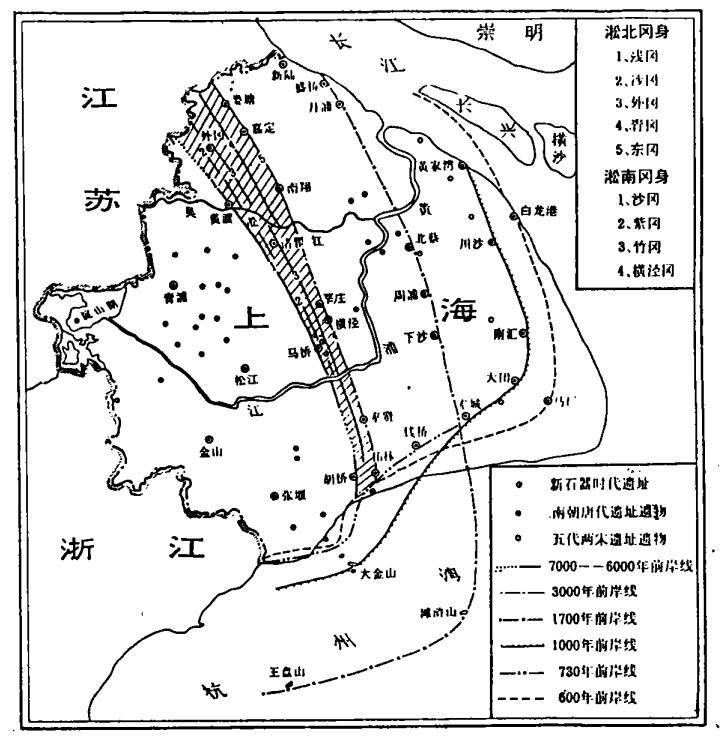
Each section of the stone pond is engraved with a monument for supervision and construction, which contains information such as the names of craftsmen and officials. From supervision to construction, ensure that responsibilities are assigned to individuals. The auspicious inscriptions such as "Changqing Anlan" and "Yiruo Jintang" express people's determination to build strong seawalls and their longing for a stable life.
In the tenth year of the Yongzheng reign of the Qing Dynasty, the Waihan seawall was hit by a typhoon, with multiple breaches. The governor Qiao Shichen asked for money to be sent to build the pond, and transferred the Supervisor of the County Qinlian of Nanhui County to undertake the construction of the pond. After investigation, Qin Lian determined that the inner defense seawall of the Southern Song Dynasty was no longer able to protect the local area from sea invasion, so he did not fear difficulties in leading the construction of the outer defense seawall.
It is said that Qinlian, based on the law of tidal fluctuations, determined the basic route for building a new pond through rice husk testing. After holding ceremonies such as offering sacrifices to the heavens, the earth, the sea, and the gods, he officially began to dig and build the pond. He recruited laborers through the method of "substituting work for relief" and also personally visited the seawall to share the joys and sorrows with the people. After nearly 7 months of hard work, a 61 mile long new seawall from north to south has been completed.
To commemorate the reconstruction of Qinlian, people also refer to this outer defense seawall as "Qingong Pond". Its construction not only isolated the sea, but also changed the ecological environment inside the pond. Faced with the saline alkali land in the pond, Qinlian encouraged the people to use local materials and develop sidelines using reeds, turning a reed marsh into a "broom bank" for industrial prosperity.


